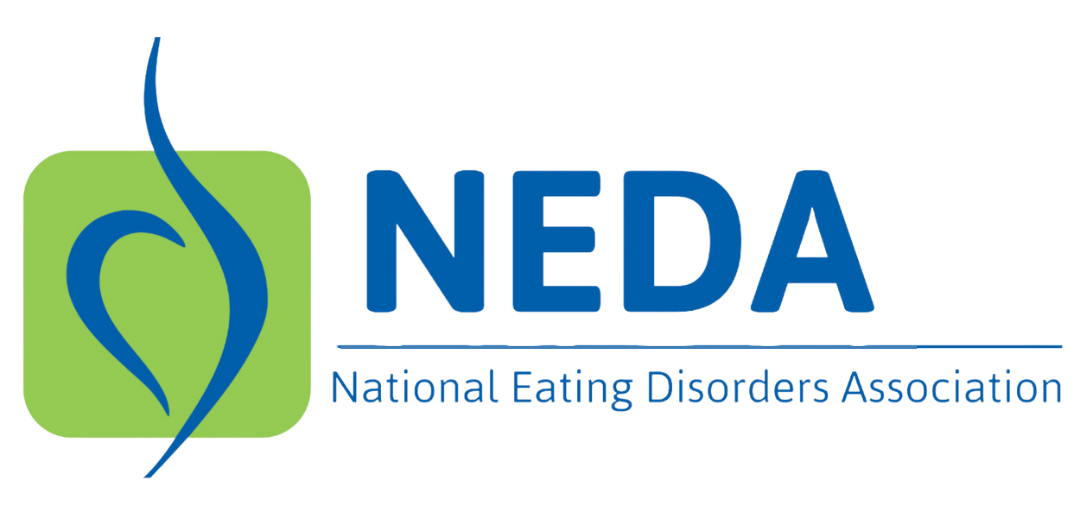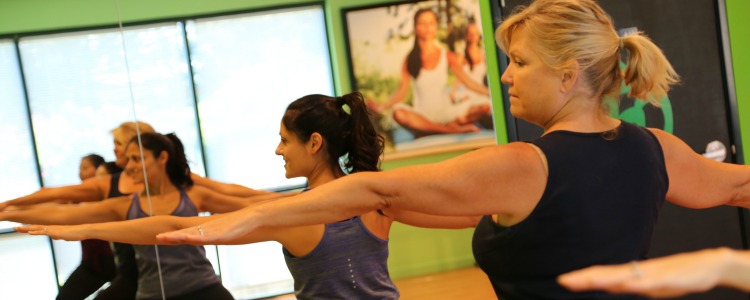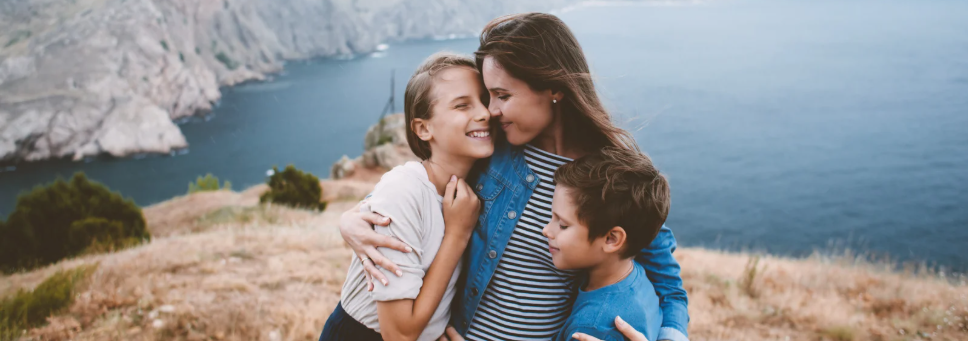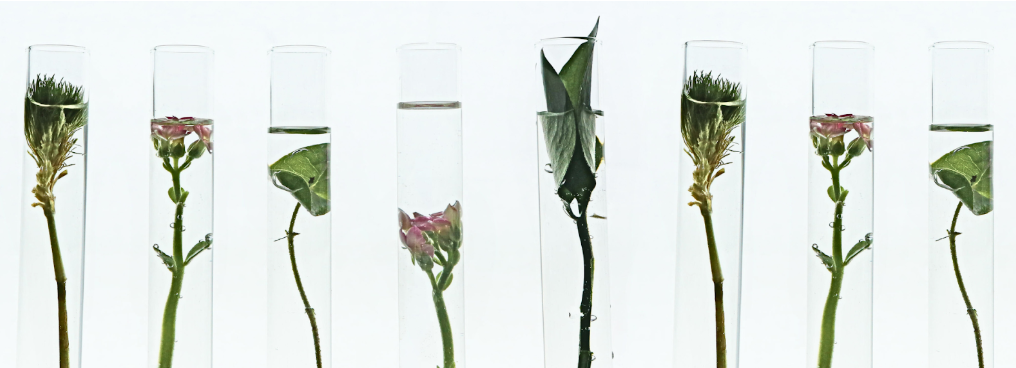I often use the beautiful words of the poet Rumi to probe my yoga students: “Do you pay regular visits to yourself? Start now.” I follow this with the very powerful declaration of the first verse of the treatise Yoga Sutra, “Atha Yoganushasanam,” which means, “Now is the time for Yoga.”
Most people know what yoga is, and, if asked, might say that it is a bendy, twisty, stretchy, physical movement of the body that tones and strengthens muscles and loosens up the joints and stretches muscles. Or something along those lines. That belief and understanding would be 100% accurate AND there is something vitally important missing from that viewpoint. Everyone can and will reap the physical benefits of yoga without at all being interested in the “missing” dimension of mindfulness. But in the 15 years that I have been teaching, I have found that people STAY with yoga because they discover and learn more about themselves, their bodies, their breath, and their emotional landscape in this practice. They essentially undertake the exploration that Rumi refers to in the poem—they make a visit to themselves, in the moment.
At the very heart of yoga is self-care. This bold assertion is backed up by a great T-shirt slogan I’ve seen: “If you fall, I’ll be there. ~ the mat.”
Yoga has been instrumental in my own transformation and growth journey, and I continue to see that happen for my students too. One day after a restorative yoga class, a new student came up to me and asked me why she suddenly felt so relaxed and even a little vulnerable? She said there wasn’t anything particularly wrong in her life and she was her usual happy self when she came into the class, but suddenly she felt tender towards herself and couldn’t explain why. I explained to her that she was experiencing what many people report when they STOP moving, STOP mentally rehearsing and rehashing and FEEL what is alive in their body and with their breath in the moment. Keeping a gentle attention on the moment-to-moment experience in the body against a backdrop of compassion, usually softens the hard surface of our day-to-day shell and we touch something tender on the inside. With so many demands on our lives and a constant push towards perfection, yoga can be the self-care and nurturing practice that teaches us how to befriend our body-heart-mind.
In the Yoga Sutra, the ancient text on the practice and art of yoga, there is very little mention of the yoga poses that are so popular and familiar to our eyes today. Instead, it instructs the “yogi,” (the practitioner) to train in turning the attention from the gross physical form to the subtler interior experience of being in a human body. This makes sense in a very concrete way, because we can see and feel the structure and form of our bodies, we can experience the movements of the muscles and bones through the felt sensation. With purposeful attention, we are able to penetrate this most superficial layer and land into something more fluid and subtle, which is the breath body characterized by the movement of “prana” or life force in the body. This would include the experience of breathing in and breathing out. We can’t see the breath, but we know we are breathing through the direct sensory experience of it. Deeper to this layer is the gentle mindful attention on the flow of life that comes and goes. It takes into account the physical realm, the subtler movement of breath, and then opens one up into the mental space that is wide like the sky and deep like the ocean offering clarity of mind that points to a witnessing of phenomena. WOW! Really? Yes, maybe now it’s easy to understand why modern-day yoga focuses so much on the bendy, twisty, stretchy aspects of the practice, because the other elements, while important, are far more difficult to talk about. Nonetheless, it can easily be experienced.
I invite you to try the following breath practice and sequence of poses and see how they make you feel. Even setting aside time and space for a few of these postures can have a beneficial effect over time. Use general precautions and check with your doctor prior to beginning a yoga practice.
Alternate Nostril Breath
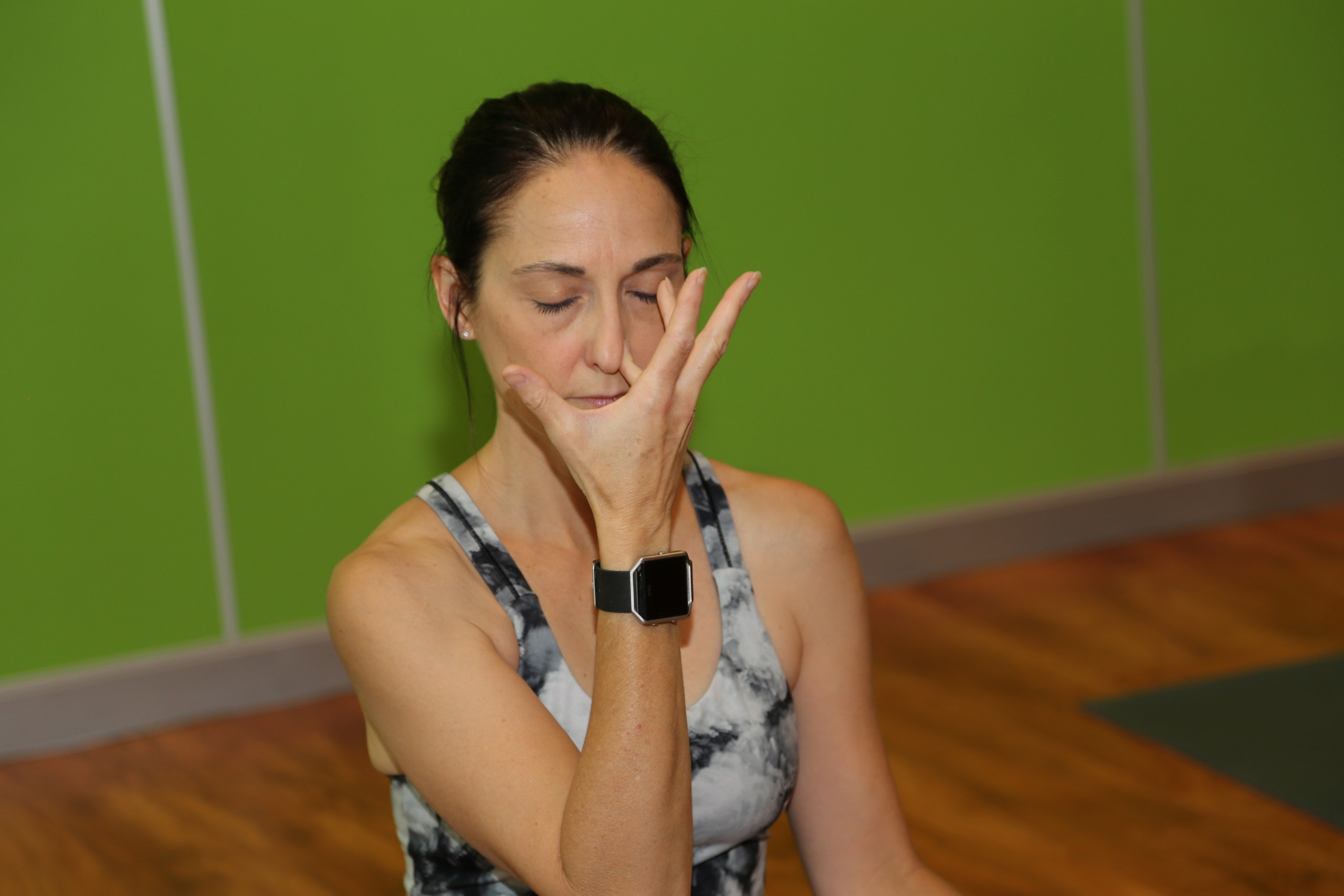
- Start by sitting comfortably in a chair or on a cushion on the floor. You want to be able to sit up tall in the spine.
- You can keep your eyes open or closed.
- Settle the body into a relaxed position and begin to notice the breath coming and going.
- Bringing a hand closer to your nose, breathe in through the right-side nostril and then close off the nostril with your finger, breathe out through the left side nostril. Breathe in on the left side nostril and then close off the nostril with your finger, breathe out on the right-side nostril.
- Repeat the alternate side nostril breathing for up to 10 repetitions.
Standing Pose Warrior 1
This pose stretches the front side of the body and is said to be energetically is uplifting.
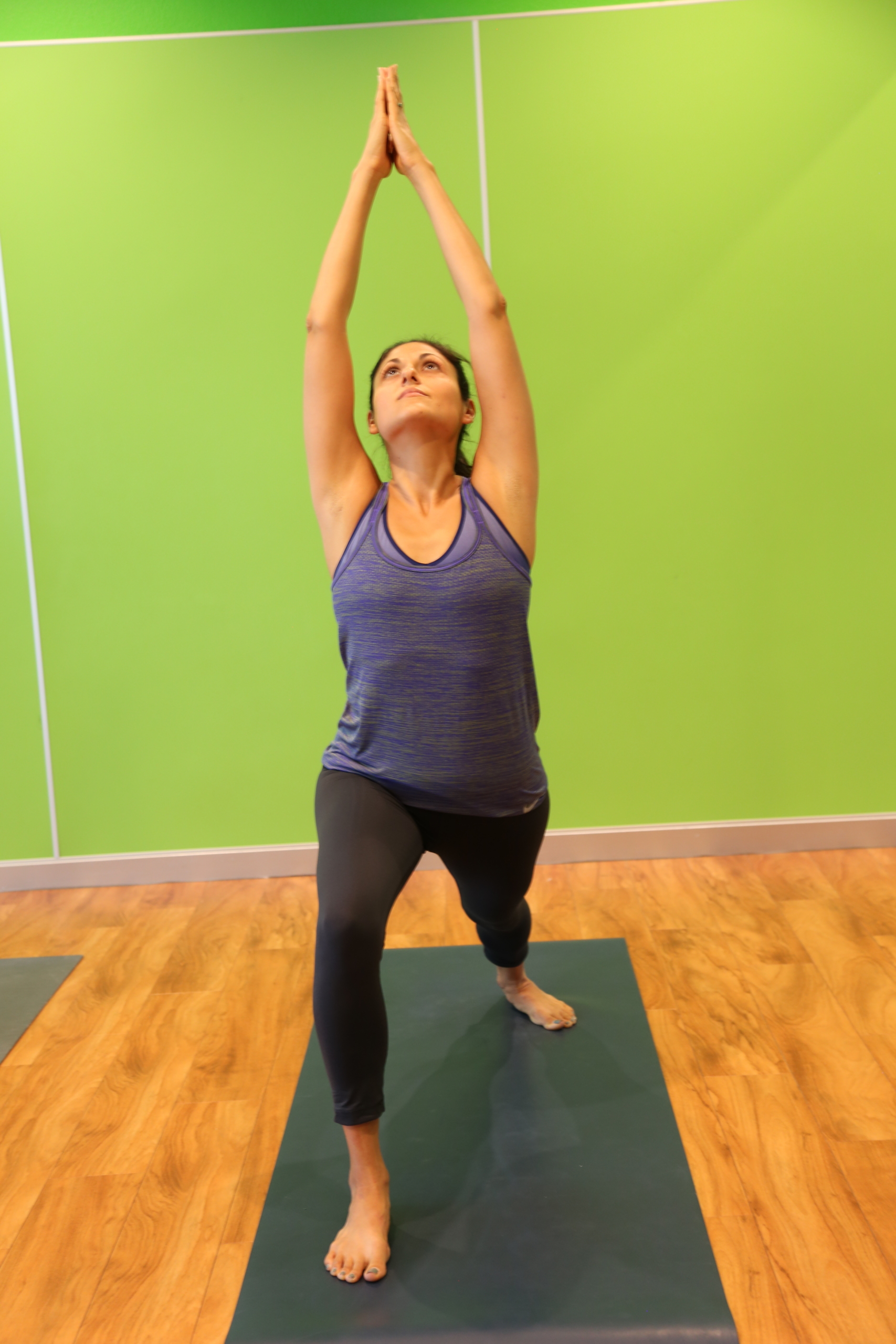
- Step the left leg back in such a way that you can keep the left heel down on the floor with the toes pointing out at about 45-degree angle.
- Without lifting the back heel from the floor, bend the right knee up to a 90-degree bend.
- Take both arms up by the ears and if it feels comfortable bring the hands together above the head or keep the arms apart.
- Stay in this shape for about 3-5 cycles of the breath and then repeat the same on the other side (right leg back and left leg forward).
Standing Pose Warrior 2
This pose strengthens and tones the legs while many people find that it also develops mental focus and courage.
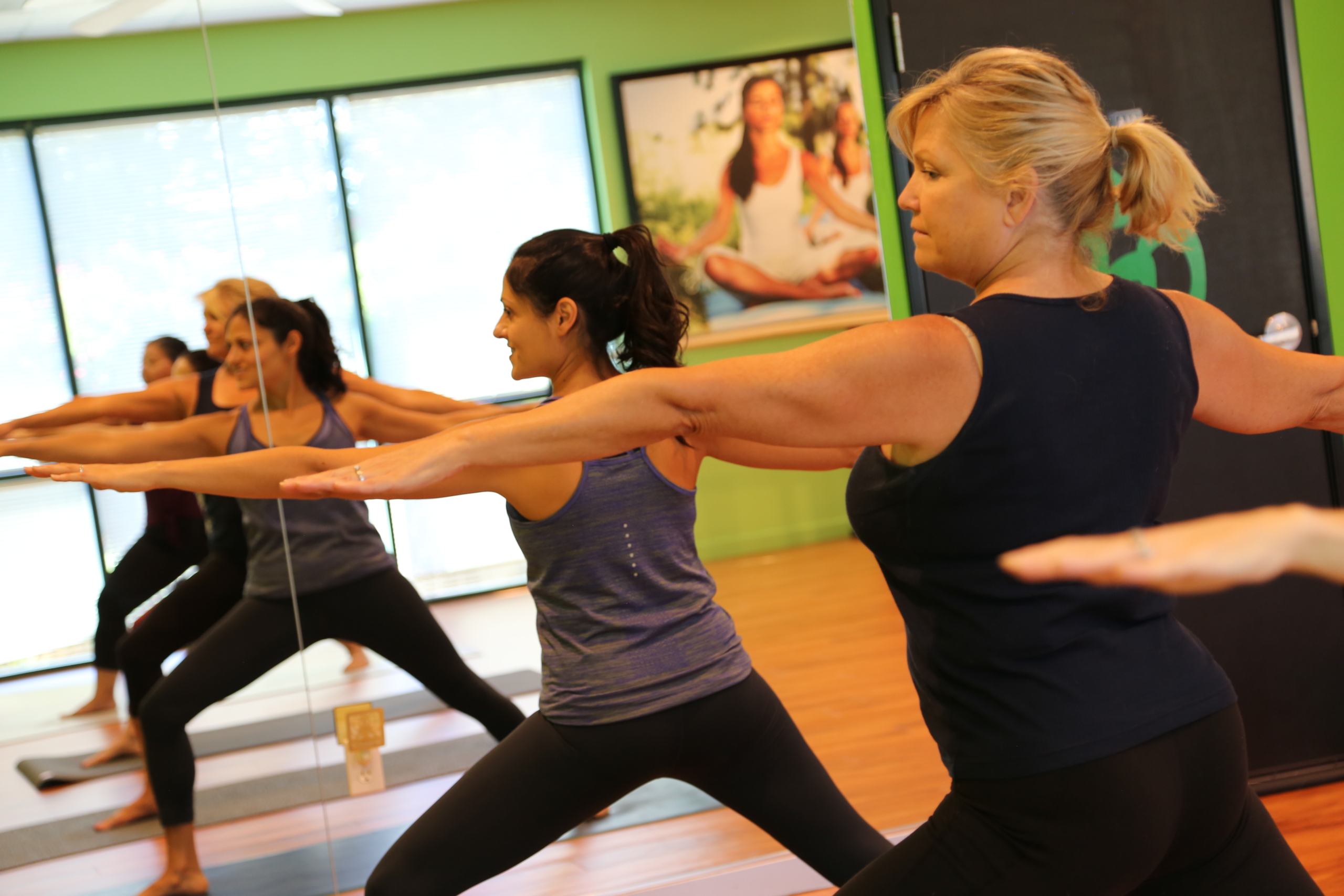
- Step the feet wide apart.
- Turn the left leg completely out and the right foot slightly angled in.
- Bend the left knee up to a 90-degree angle and extend the arms out so that they are parallel to the floor.
- Stay in this shape for about 3-5 cycles of the breath and then repeat the same on the other side (right leg out and left foot in).
Standing Pose – Wide Leg Forward Bend
This posture stretches the back of the body (hamstrings and lower back etc.) and it is often practiced to help relieve tension.
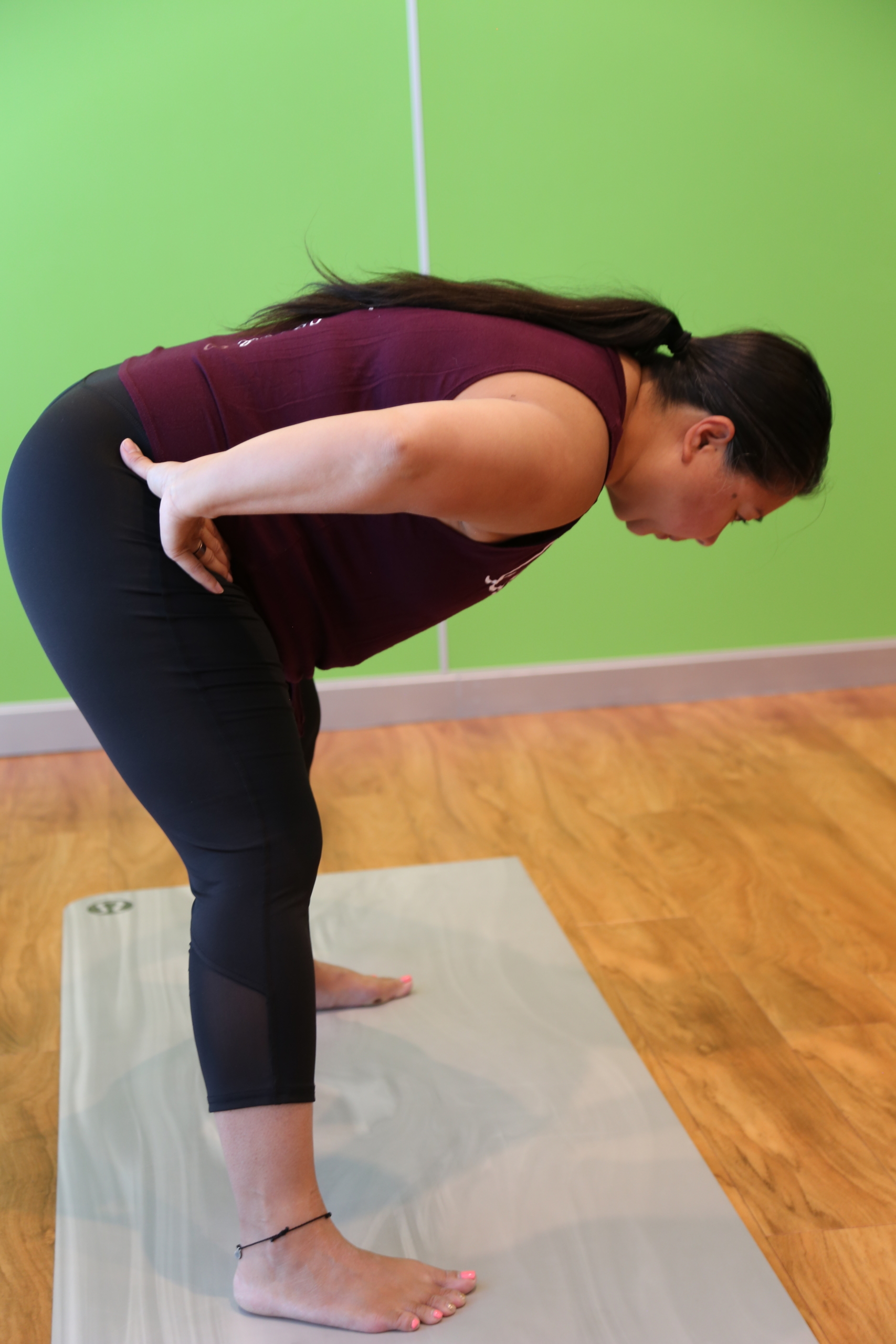
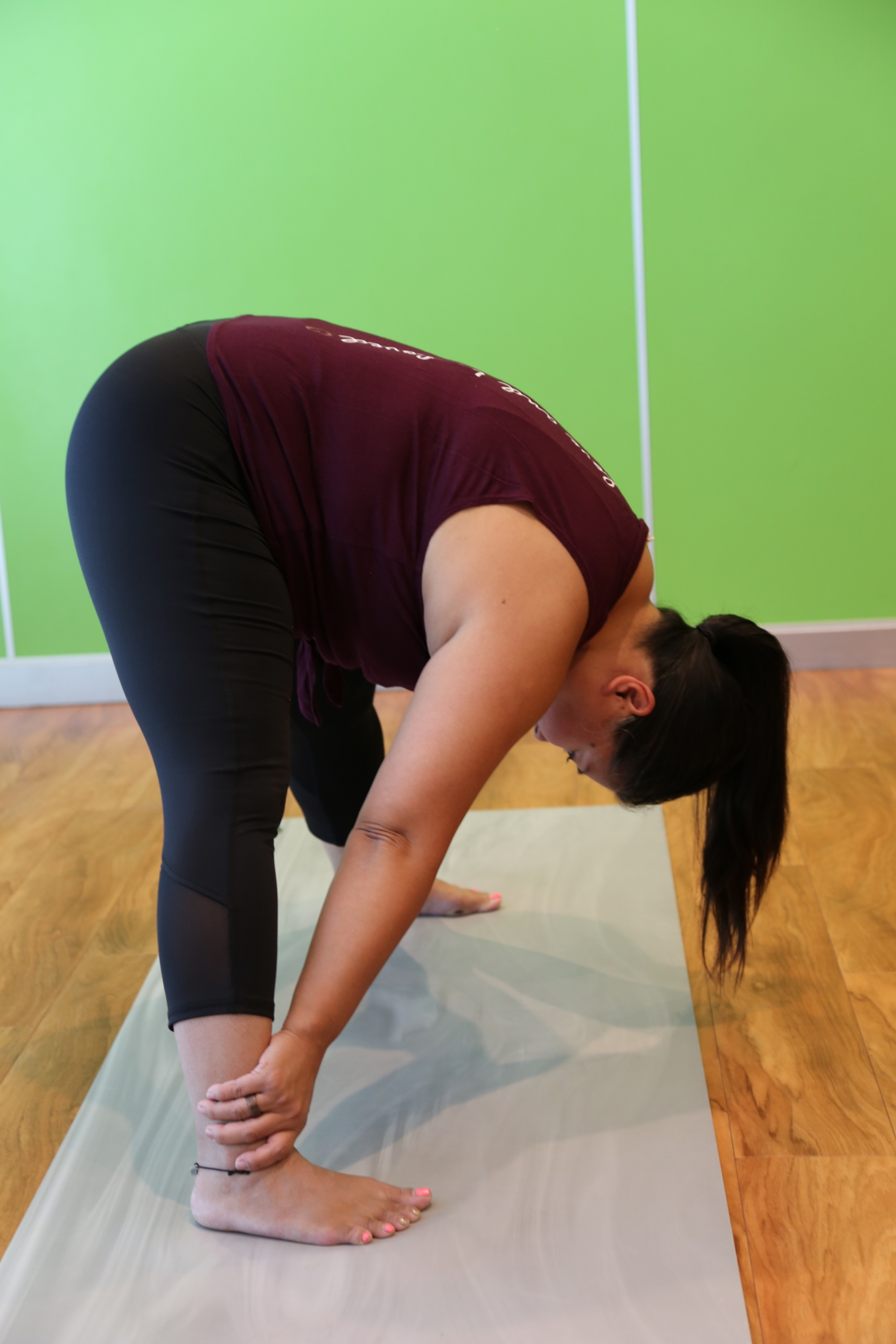
- Stand with the feet wide apart and the toes pointing straight forward.
- Bending from the hips, lower the crown of the head towards the floor. Hands could be placed on the floor, on the legs or on blocks.
- Stay in this shape for about 3-5 cycles of the breath. Walk your hands up slowly from the forward bend.
Stay in this shape for about 3-5 cycles of the breath. Walk your hands up slowly from the forward bend.
Bridge pose
This posture will stretch the front of the body. This pose can be very helpful in alleviating the strain from lots of sitting at a desk or in a car.
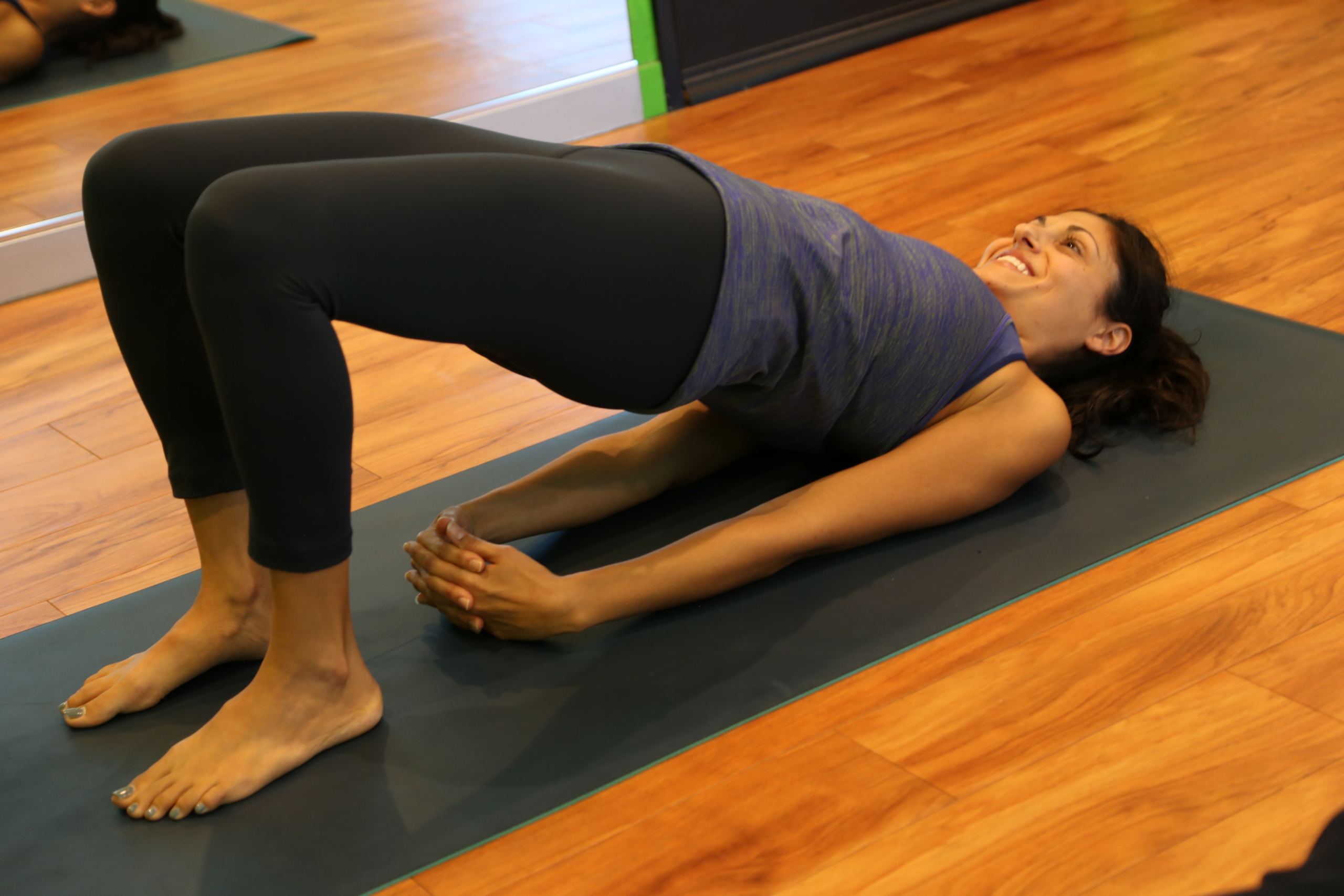
- Laying on your back, bend your knees and place your feet on the ground.
- Pressing your feet into the floor lift the buttocks and back from the floor.
- Press your feet and shoulders into the floor and lift up as high as you can.
- Stay in this shape for about 3-5 cycles of the breath. Repeat two more times.
Reclined bound angle pose
This is many students’ favorite pose for its quieting and calming effects.
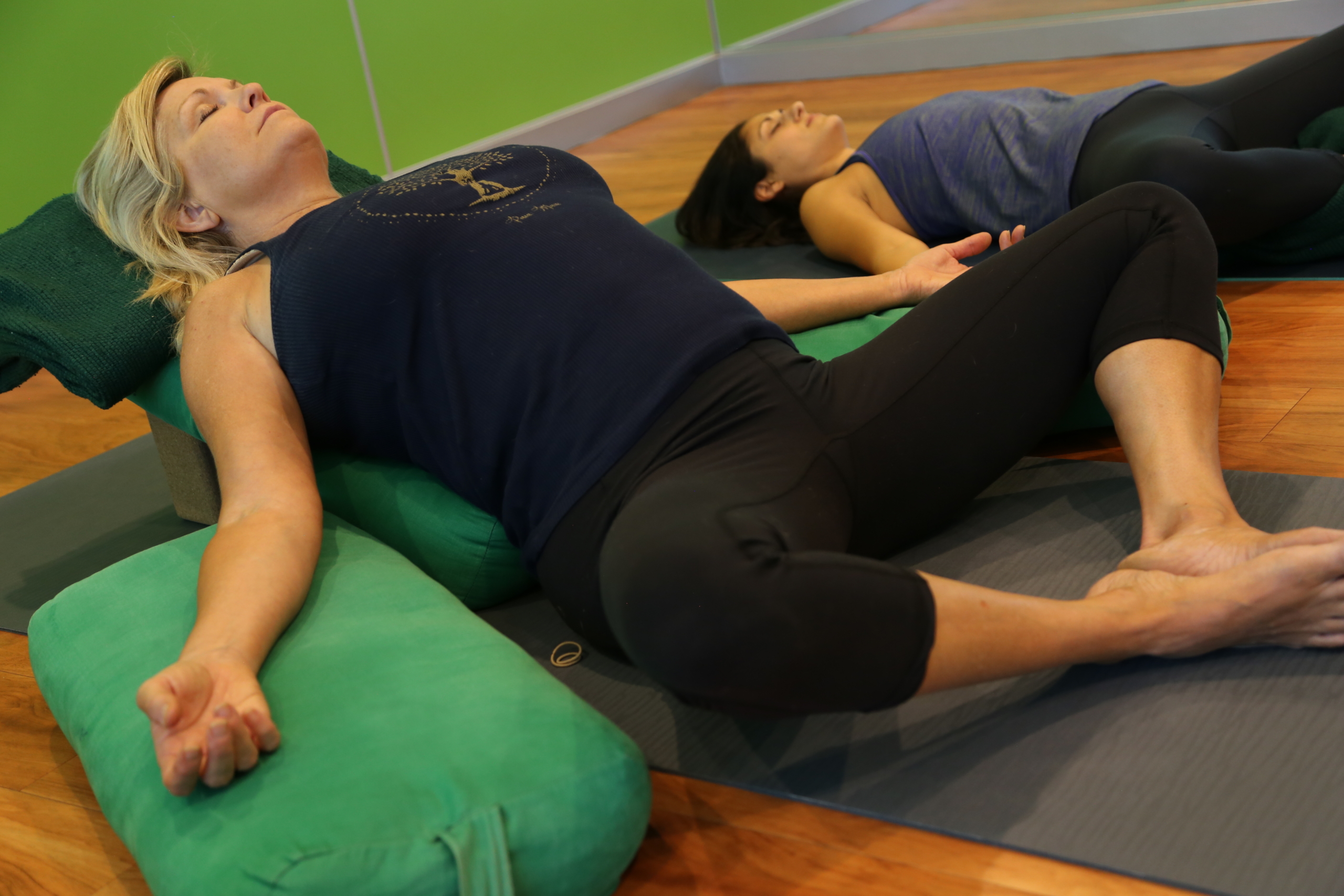
- If you have a yoga bolster, or long firm pillow, sit on the floor and lay back over the bolster/pillow. If you do not have a pillow, you could recline on blocks or flat on the floor.
- Bring your feet together and let your knees fall open out to the side.
- Stay in this position for 5-10 minutes, resting and breathing comfortably.
Floor pose – Legs up the wall
After a long day of walking or standing, this pose is known for its “inversion-like” benefits, refreshing the legs.
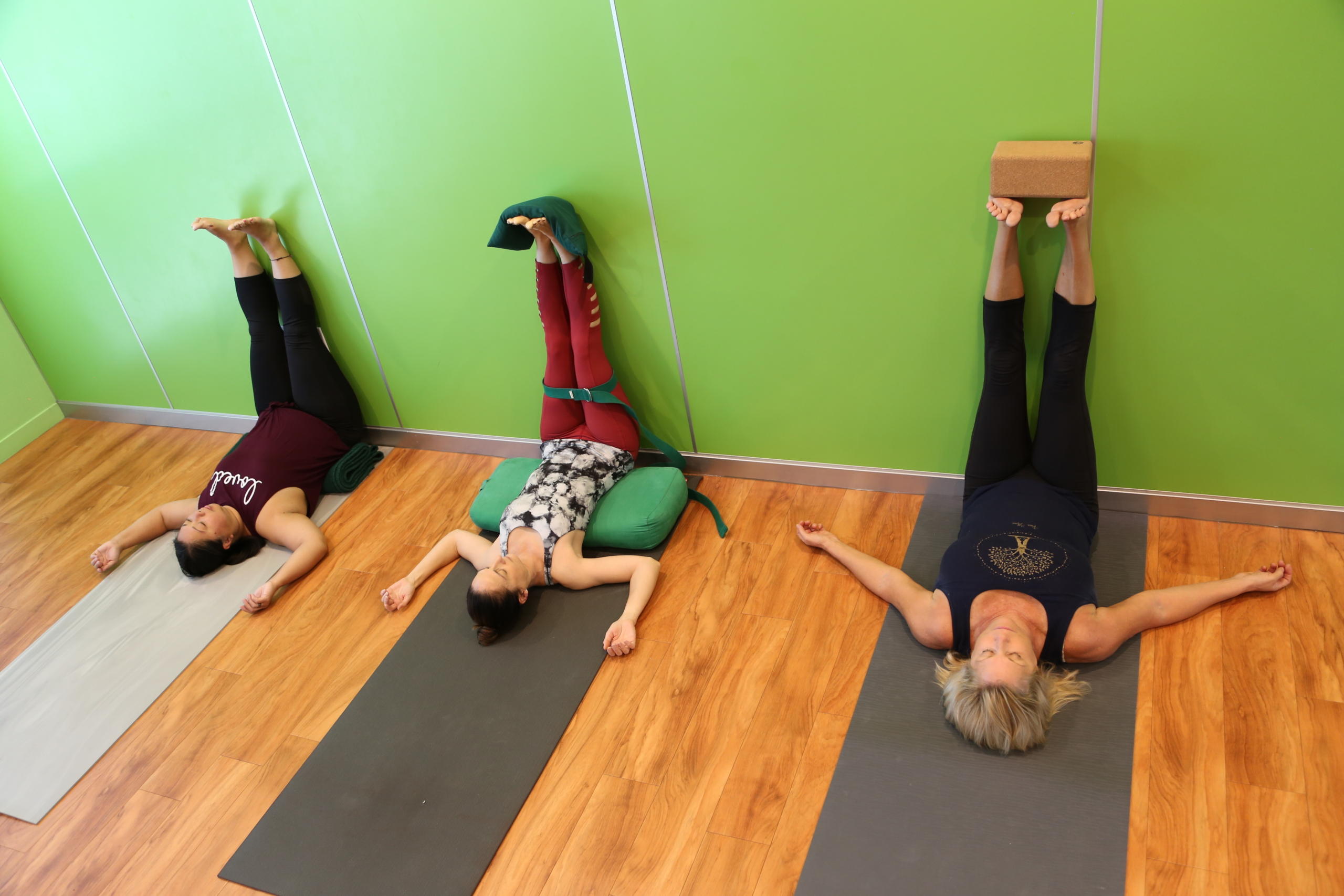
- Laying on your back, swing your legs up the wall.
- A few options in this pose are to rest your sacrum/back of the hips on a blanket or a bolster. And if you like, you can tie a belt around your legs and use a sandbag or block on your feet.
- Stay in this position for 5-10 minutes, resting and breathing comfortably.
Seated Twist
As the name of the pose implies, twisting is good for the body, inside and out!
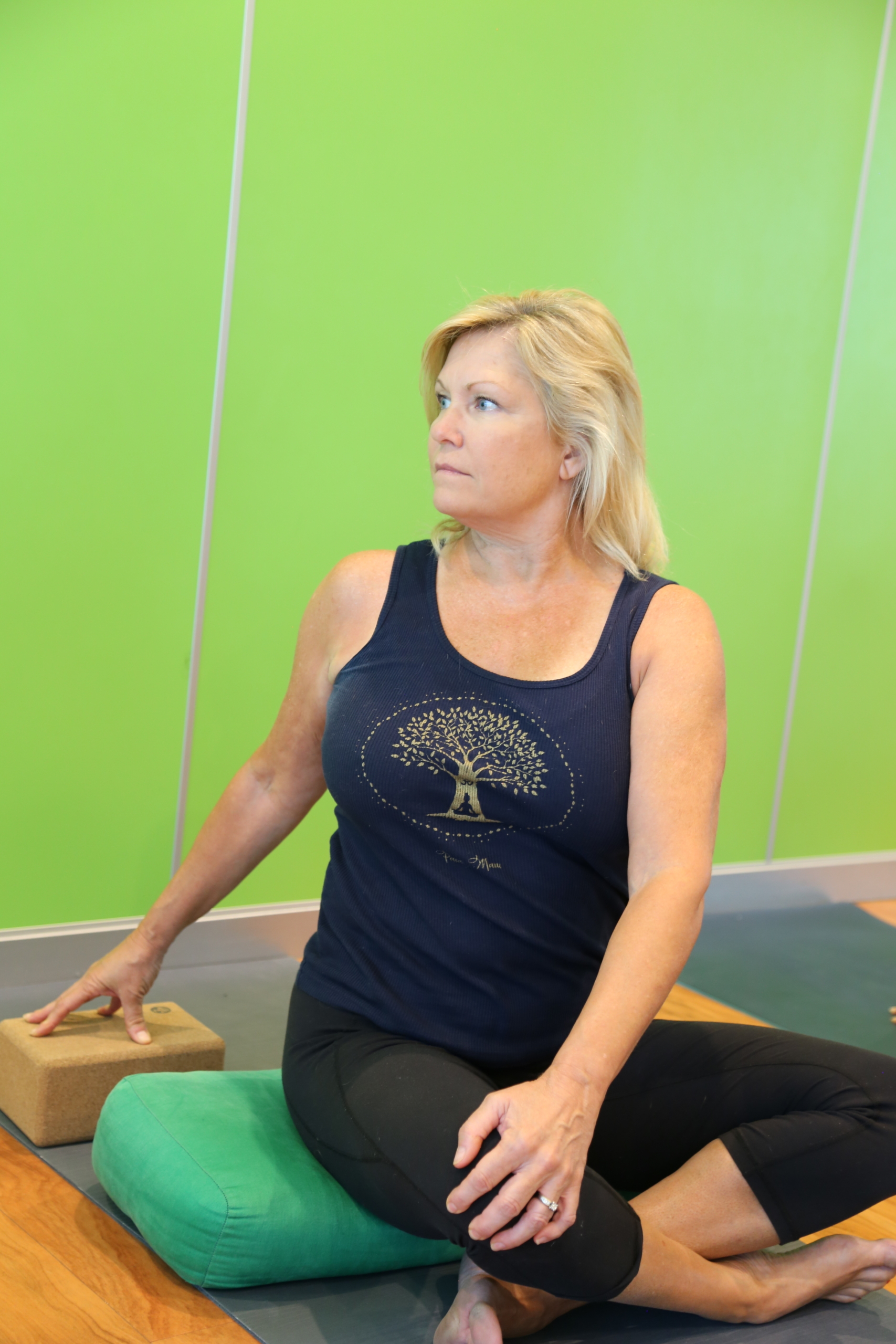
- Sitting on a cushion or the floor, sit with your shins crossed in front of you.
- Move your left hand over to the right knee, and your right hand to a block or the floor, twisting in the trunk of the body.
- Stay in this shape for about 3-5 cycles of the breath and then repeat the same on the other side (right hand to left knee, and left hand for support to the side or back).
Seated forward bend
Like the standing forward bend, the seated forward bend is practiced for its benefits of stretching the back-side of the body, and for its calming effects.

- Sitting on a blanket or the mat, extend your legs forward in front of you.
- Bending from your hips, walk your hands down you legs, lowering your abdomen towards the thighs.
- You can place your hands on your legs, the strap or the floor.
- Stay in this shape for about 3-5 cycles of the breath.
Savasana
A final relaxation practice extending the exhalation.
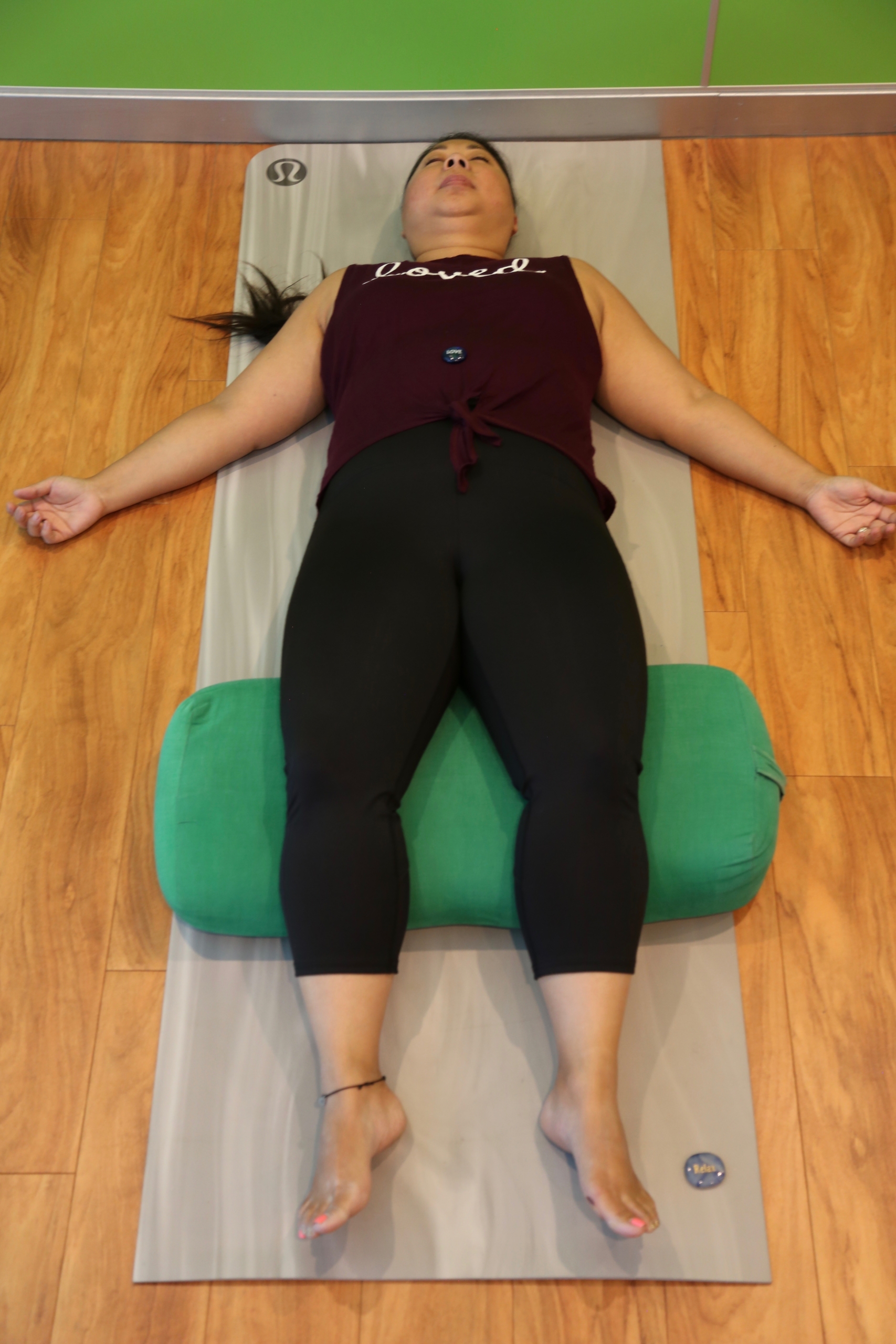
If you regularly practice yoga poses, even just a little bit at a time, you set yourself on a path of self-discovery that is grounded in self-care. The practice invites and teaches each of us to befriend ourselves right in the moment, while we are in the pose. You might immediately notice how difficult that can be when the loud voices in the mind are demanding perfection all the time. Just in the moment, right there on your yoga mat, let go of the power struggle, the controlling, the demanding and feel what is underneath that and offer it compassion and kindness.
The great poet Rumi again instructs:
This being human is a guest house.
Every morning a new arrival.
A joy, a depression, a meanness,
some momentary awareness comes
as an unexpected visitor.
Welcome and entertain them all!
Even if they are a crowd of sorrows,
who violently sweep your house
empty of its furniture,
still, treat each guest honorably.
He may be clearing you out
for some new delight.
The dark thought, the shame, the malice.
meet them at the door laughing and invite them in.
Be grateful for whatever comes.
because each has been sent
as a guide from beyond.
— The Guesthouse by Jellaludin Rumi, translation by Coleman Barks
Special thanks to Peter Rosenfield (pictured below with Tina Clay) for the photographs included with this blog post.
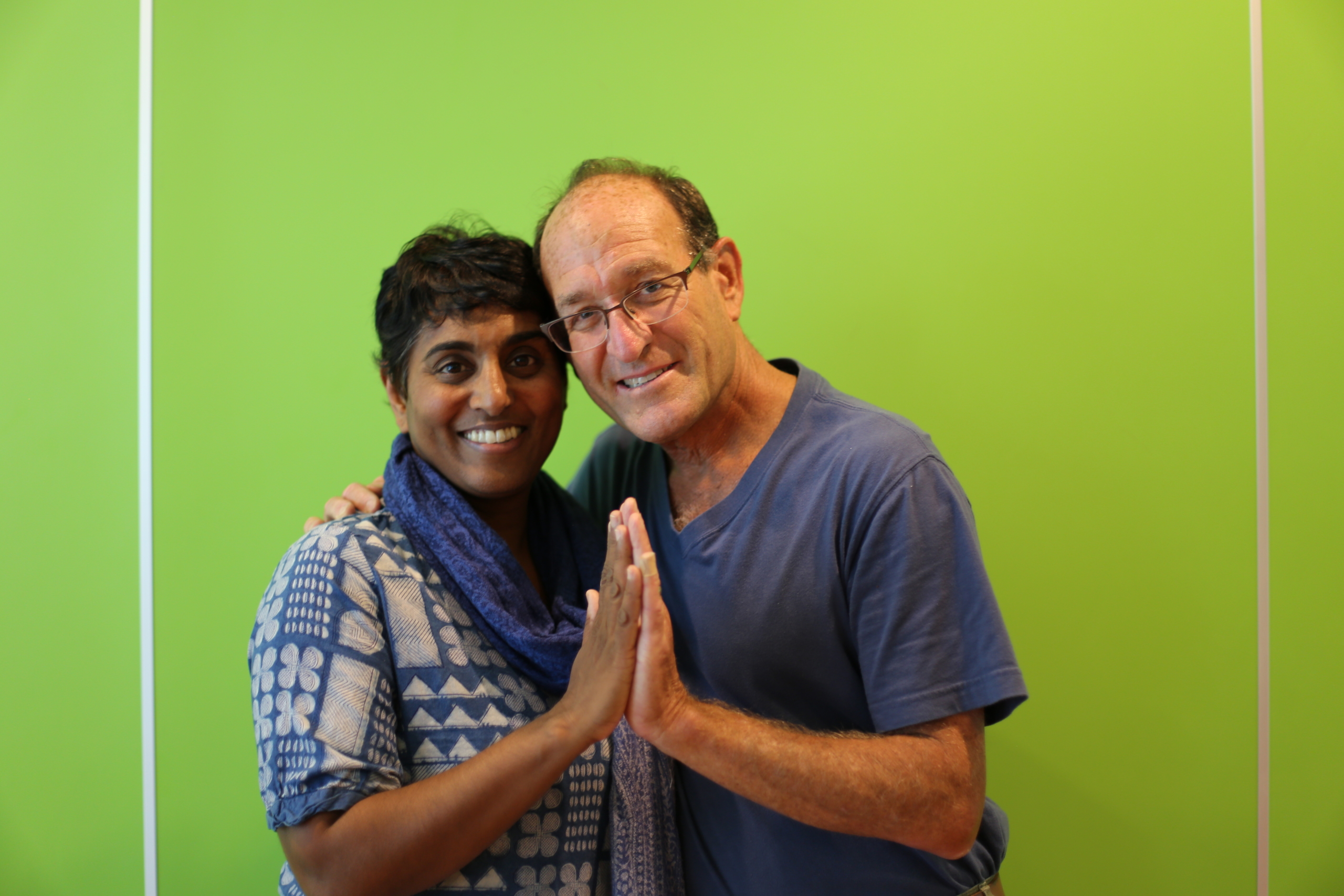
Tina Clay began her professional life in the fields of psychology, counseling and health promotion, and after a difficult period of post-partum depression, she discovered the transformative power of yoga and meditation. Having studied with some of the best yoga and meditation teachers in the country, she has built a successful career teaching in the Northern California area. Her yoga teaching is grounded in the two pillars of alignment and mindfulness-based meditation which makes her classes an intimate moving meditation. She also leads yoga and meditation workshops and trainings internationally. You can see more of her at tinaclayyoga.com.
